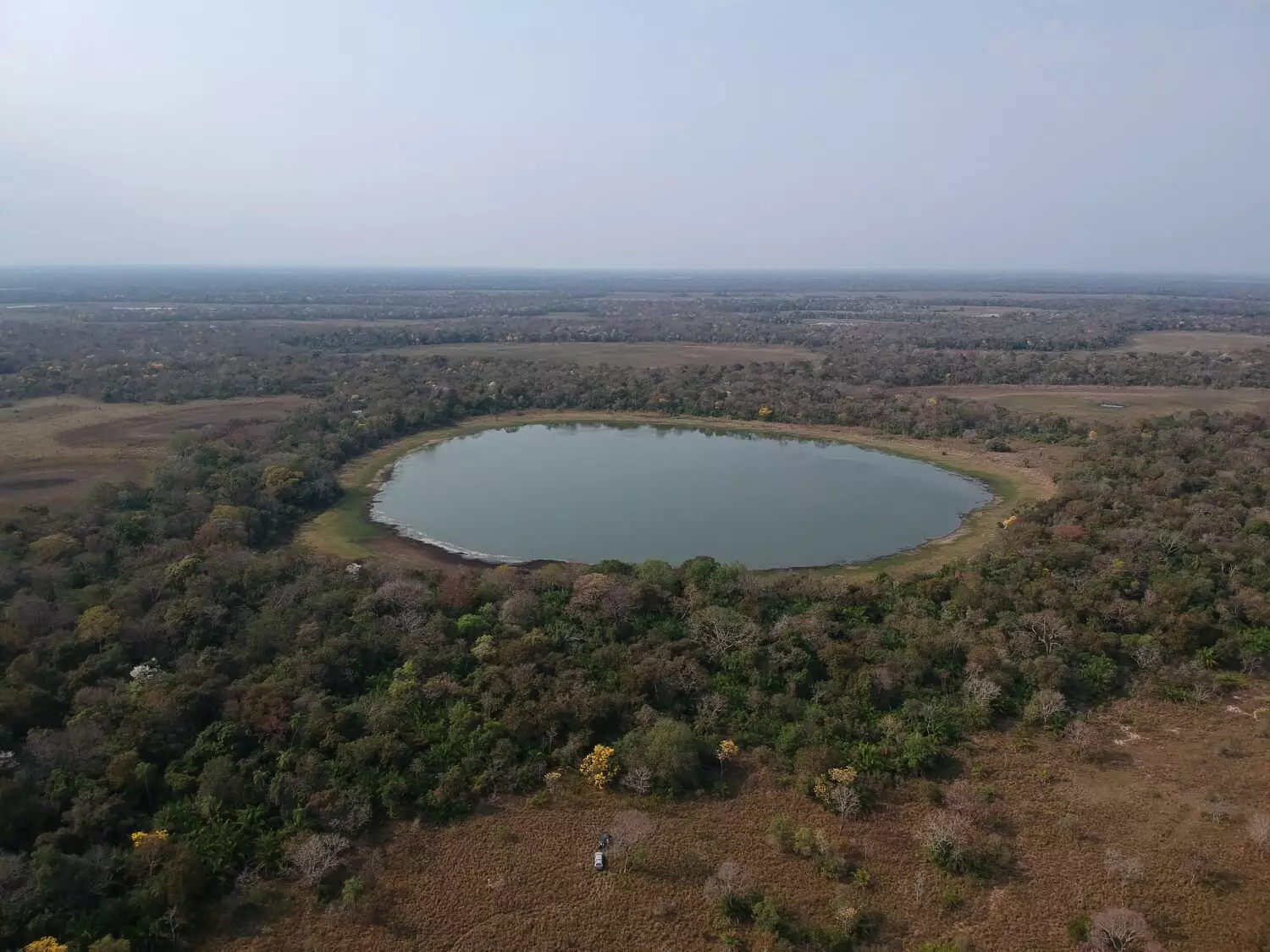The Pantanal is renowned as the largest tropical wetland in the world, covering an expansive area of approximately 153,000 square kilometers, primarily in Brazil but extending into Bolivia and Paraguay. Within this vast expanse, one of the less recognized contributors to environmental shifts is the soda lake ecosystem. Characterized by shallow waters with high alkalinity, these lakes have pH levels soaring to 11 and are rich in salts like carbonates and bicarbonates. This unique chemistry shapes not only the water quality but also the microbial life that thrives within these aquatic systems. Recent studies emphasize how seasonal fluctuations—specifically alternating dry and wet periods—impact the greenhouse gas emissions from these bodies of water, which may be overlooked compared to emissions from freshwater lakes.
Research Insights: The Role of Microbial Communities
A collaborative study conducted by scholars from the University of São Paulo and the Federal University of São Carlos has shed light on the biological underpinnings of these emissions. Their work underlines the vital need to incorporate microbial community functions into greenhouse gas emission models. This understanding is crucial for adequately assessing how unique ecosystems like soda lakes may respond to environmental perturbations such as droughts and wildfires. The Pantanal’s alarming trend of increasing droughts—highlighted by a record number of wildfires—demonstrates the urgency for ongoing research in this field.
Classification and Emissions from Soda Lakes
In their exploration of soda lakes within the Pantanal, researchers have categorized them into three distinct types based on water chemistry and the diversity of their microbial communities: Eutrophic Turbid (ET), Oligotrophic Turbid (OT), and Clear Vegetated Oligotrophic (CVO). Astonishingly, the ET lakes emerged as significant methane emitters, attributed to the blooms of cyanobacteria and the subsequent decomposition of organic matter. During drought conditions, the breakdown of organic carbon becomes particularly pronounced, leading to increased methane production.
Conversely, while CVO lakes also emitted methane, they did so at lower levels. Furthermore, OT lakes did not produce detectable methane emissions but did release other greenhouse gases such as carbon dioxide (CO2) and nitrous oxide (N2O). This differentiation in emission profiles across lake types accentuates the complexity of biogeochemical interactions within these ecosystems.
Climate Change and Environmental Impacts
The deterioration of these ecosystems is compounded by climate change. The progressive rise in temperatures, coupled with shifting rainfall patterns, has resulted in noticeable changes to the Pantanal landscape, particularly with shrinking water bodies and the proliferation of cyanobacteria. This alteration poses a dual threat: not only does it affect the delicate equilibrium of species in the ecosystem, but it also raises the potential of these lakes becoming substantial greenhouse gas emission sources. As Thierry Alexandre Pellegrinetti, a leading researcher in the study, pointed out, satellite imagery has illustrated the reduction of water bodies between 2000 and 2022, a trend largely driven by climate change.
Microorganisms are integral to the ecological functions within soda lakes, performing crucial roles in nutrient cycling and supporting a diverse array of life forms. As highlighted by microbiologist Simone Raposo Cotta, their presence is foundational to the ecological processes governing these unique habitats. Understanding the intricate dynamics of these microbial communities enables a better grasp of the broader environmental changes taking place in the Pantanal.
The urgent need to study these ecosystems is emphasized as researchers observe significant adaptations among microbial populations, particularly cyanobacteria which regulate their growth based on seasonal conditions. Such adaptations could have profound implications for biogeochemical cycles within the lakes, especially regarding how they might react to increasing environmental strain.
While this research marks a significant step forward in understanding the implications of soda lakes on the Pantanal’s greenhouse gas emissions, the study authors acknowledge that there remains much to uncover. Future investigations will focus on quantifying the total greenhouse gas contributions from these lakes and examining the evolving conditions that lead to increased cyanobacterial concentrations. The complexity of these ecosystems and their interdependencies suggest a pressing need for systematic analysis and modeling to predict future scenarios under various climate conditions.
The Pantanal’s soda lakes are not just isolated habitats; they are dynamic ecosystems at the forefront of climate change challenges. Increased understanding of their biogeochemical interactions and emissions is vital for effective conservation strategies and mitigation efforts in the face of a rapidly changing environment.


Leave a Reply